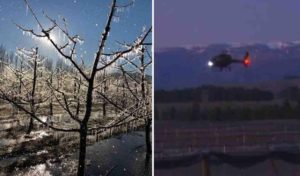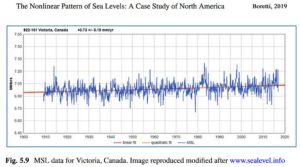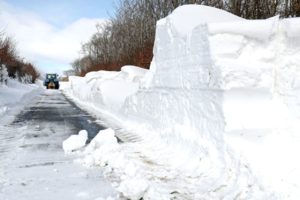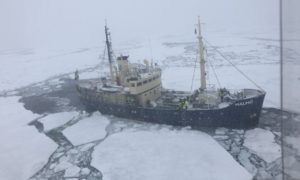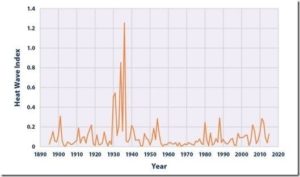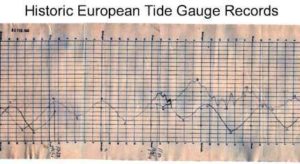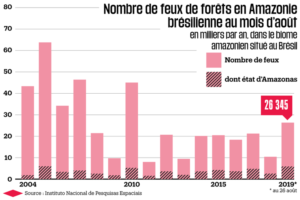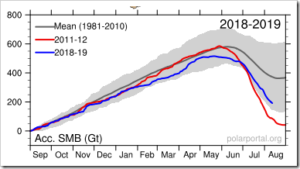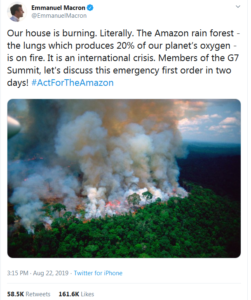by J. Curry, Sep. 10, 2019 in BigPictureNews
Anyone who still thinks green/renewable energy is the answer is invited to click over to a web page that monitors Germany’s celebrated Energy Transition (English translation here). The most recent six-month update has just been published. Despite a multi-billion-euro price tag, Germany’s attempts to ditch fossil fuels isn’t going well. At all.
Only six of the transition’s 14 goals (43%) appear achievable by 2020. Here are the two absolutely critical data points:
#1 – Germany’s CO2 emissions reduction targets won’t be met.
#2 – Its previously robust electricity grid is now vulnerable and insecure.
The story of Germany’s energy transition boils down to this: Something that used to work well has been deliberately broken, undermined, degraded, and crippled. A ton of money has been spent. To make things worse.
Over at Forbes, Michael Shellenberger discusses how this latest report card is being covered in the German press. In his words:
…
…

